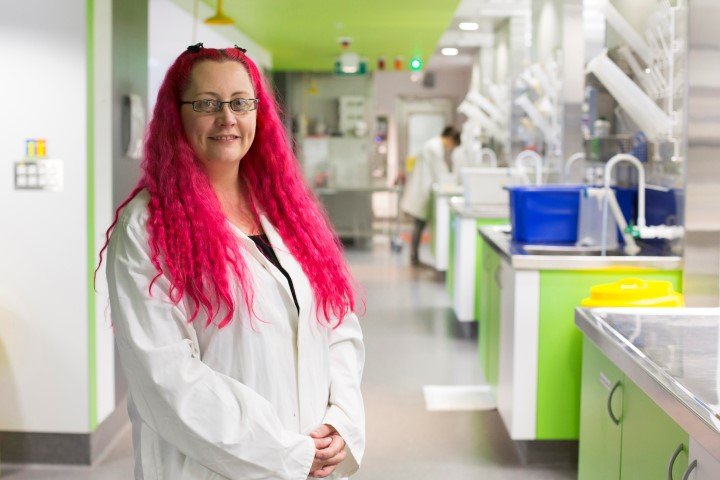Award-winning science communicator Dr Siouxsie Wiles gives her Top Ten Tips for working with the media.

1. What’s the ‘medium’? Have you been approached by a journalist writing for a daily newspaper, a weekly or monthly publication or a blog? If it is TV, what show and do they want you to be live or pre-recorded? How you deal with a light couch conversation on breakfast TV will be very different from being interviewed by Kim Hill live on National Radio. Don’t be put off by doing live interviews. It’s a chance for the viewer/listener to hear exactly what you say and the context in which you say it.
2. Know who you are talking to: Who are you being interviewed by? What is their interviewing style? Are they ‘science-friendly’? Ask the SMC if they know the journalist you have been approached by, or google them and find some of their previous work. Ask them who else they have approached for comment and what the angle of the story is. Far from being out to get us, most journalists are just looking for scientists they can rely on to explain stuff to them so they get the story right.
3. Timeliness: Research moves at the speed of a glacier, while the news cycle is more like riding a whitewater rapid. Journalists work to very tight deadlines, so may approach you needing comment within hours. This is often one of the hardest things for us scientists to comprehend. It’s perfectly acceptable to ask a journalist to call back to give you time to prepare, but if the story is running later that day then you might only have a short grace period. If you can’t accommodate the media, the journalist will find someone else. It’s up to you to decide if the story needs your voice.
4. Many hands make the news: Newsrooms are full of chief reporters, editors, layout designers and headline writers who will have input into the story above and beyond the journalist who interviewed you. They will all influence how your story is presented. Help them out by being as clear and unambiguous as possible. Emphasise any major caveats and invite the journalist to check any facts with you before deadline.
5. Get rid of the jargon: Practise explaining your research in simple terms. Talk to friends and family and ask them what words you have used that they didn’t understand. Find simple analogies using everyday objects or situations. When talking about numbers, don’t use percentages. While it means the same, ‘about a third’ is easier to understand than “thirty per cent”.
6. The bigger picture: Why is your research important? You should be able to succinctly explain why. Don’t over-hype its importance, but be clear about the relevance of your research to society. Look for topical examples that draw the link between what you are doing in the lab and people’s everyday lives.
7. Speak in sound bites: The media will only use a fraction of the quotes you give. You need to encapsulate your ideas in language that will be irresistible to the reporter. If it is, it will make it into the story. The more thought you put into this, the more chance you have of your ideas being broadcast intact and in context.
8. Be yourself: Journalists are just as interested in you as they are in your latest research paper. At the centre of every story is a human being and often you can use your personal life experience to great effect in explaining your science. Don’t feel you need to give a perfect performance. Just be relaxed, be yourself.
9. Get some practice: If you like doing media, or your research is likely to make headlines, then get some practice. My first media encounter was a live interview on prime-time TV. Not ideal! Do some public talks, get on an SMC Science Media SAVVY course and do some interviews on local radio. The more experience you get, the better you will become.
10. Know your limits: It’s okay to admit that you don’t know the answer. Before starting an interview, make it clear to the producer/ journalist what your area of expertise is. If they ask a question that you don’t feel qualified to answer, or that you really don’t know the answer to, then just say so. Feel free to suggest someone more appropriate.